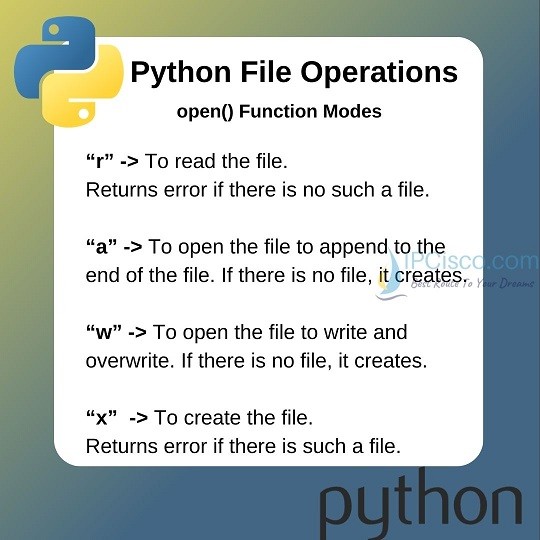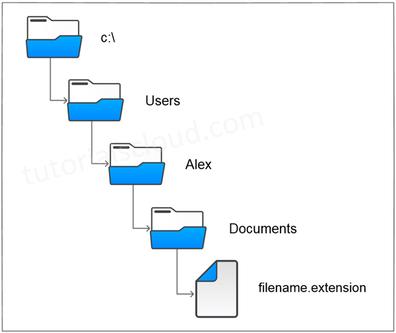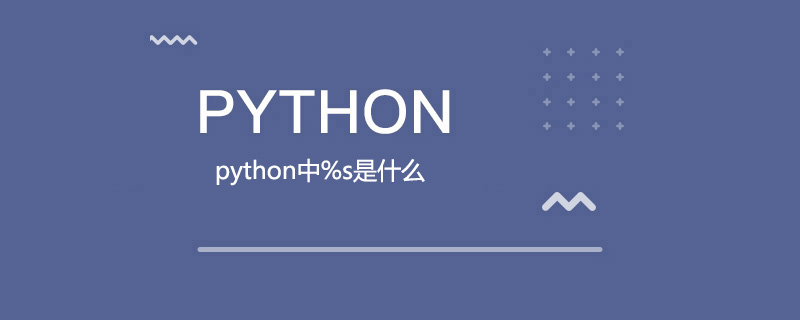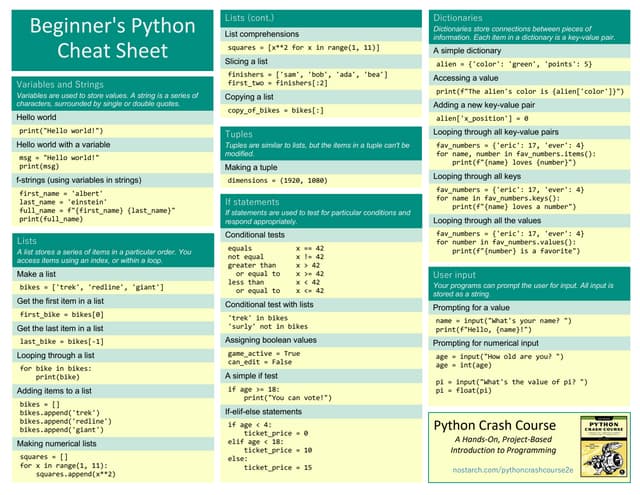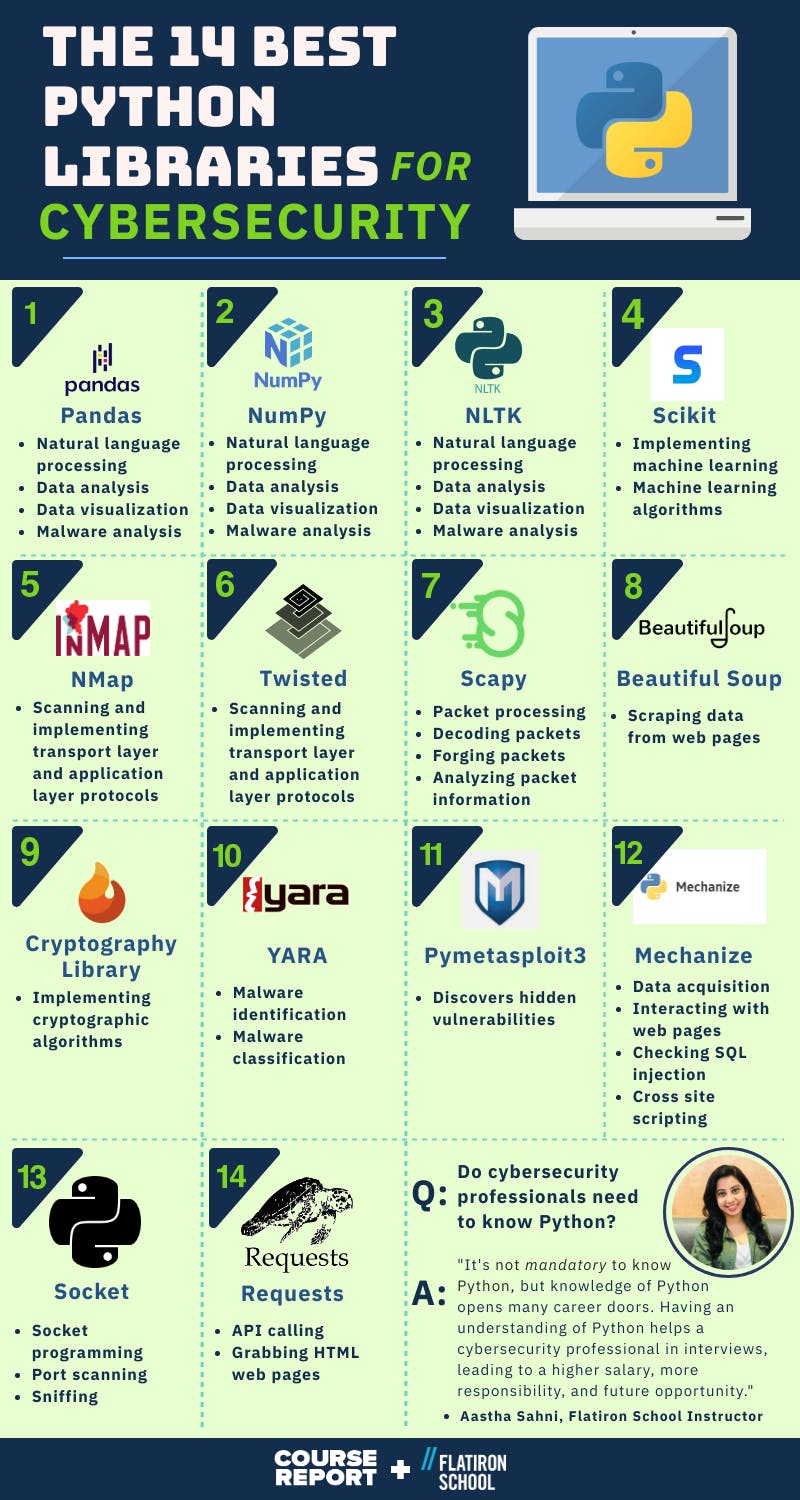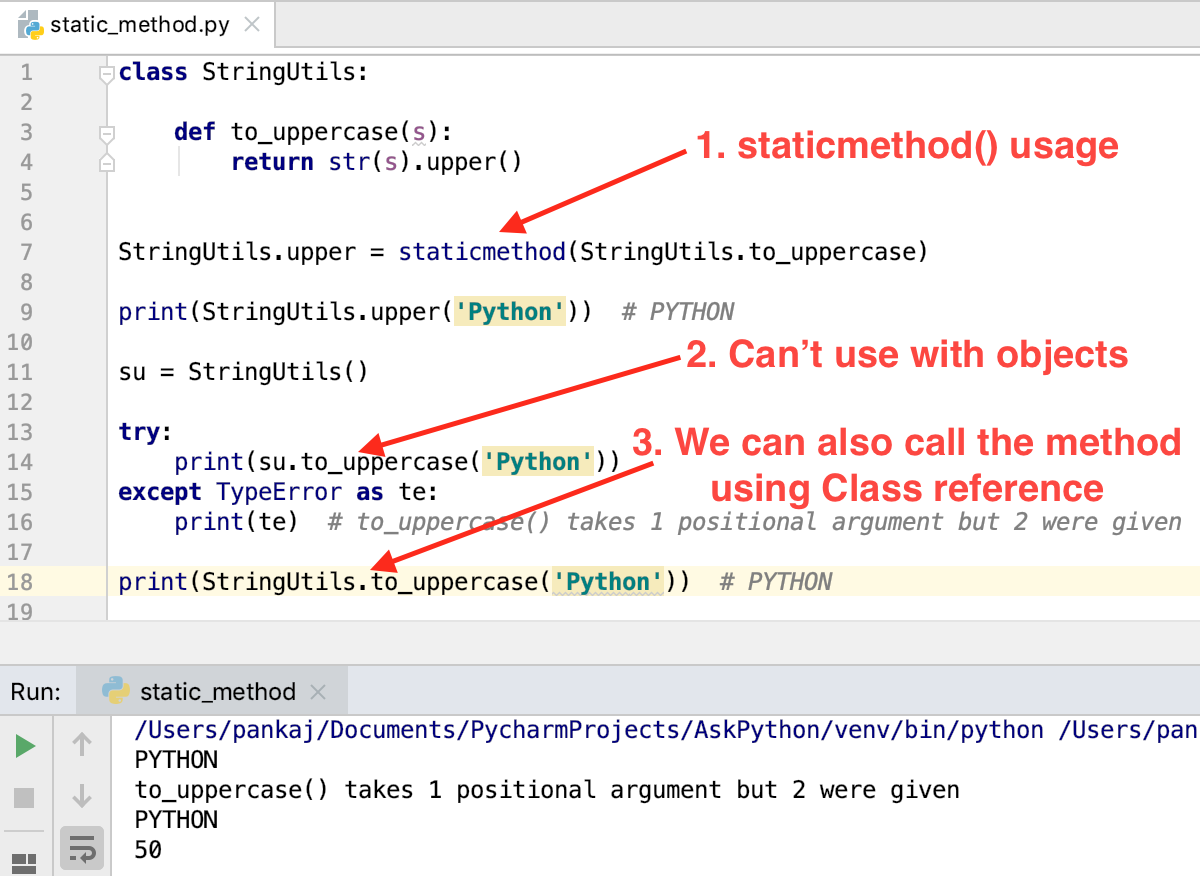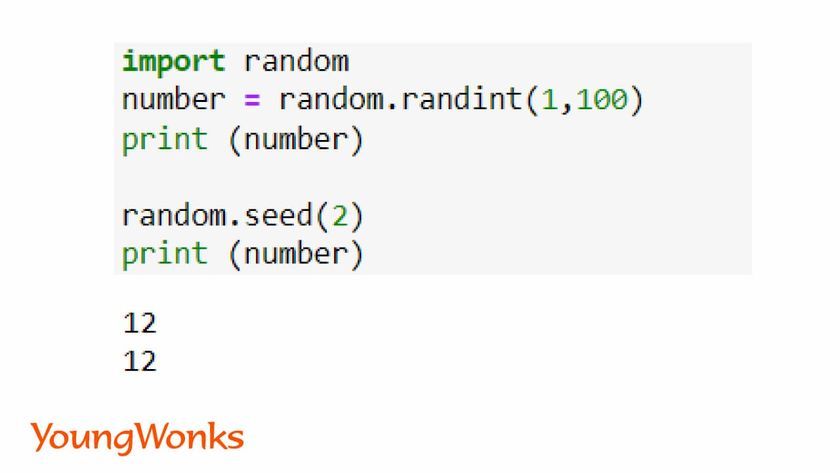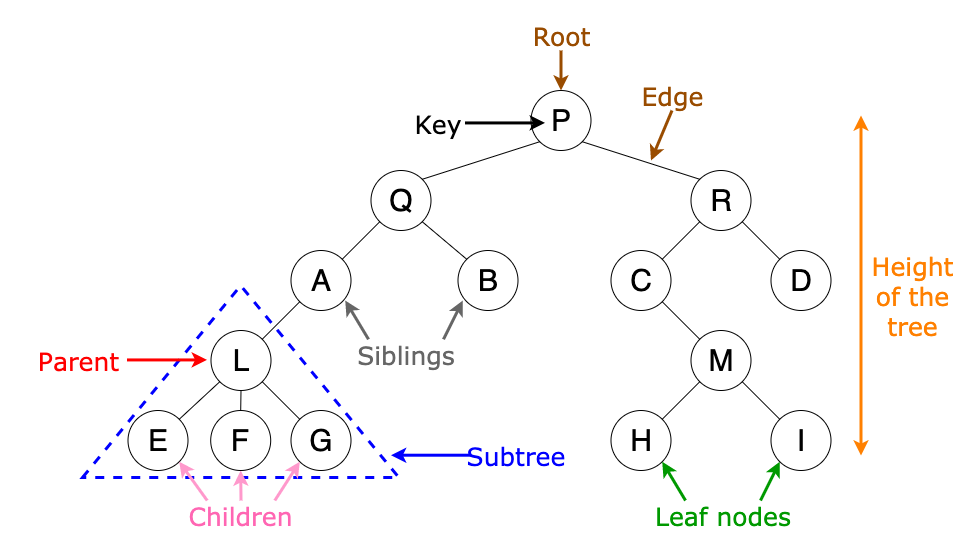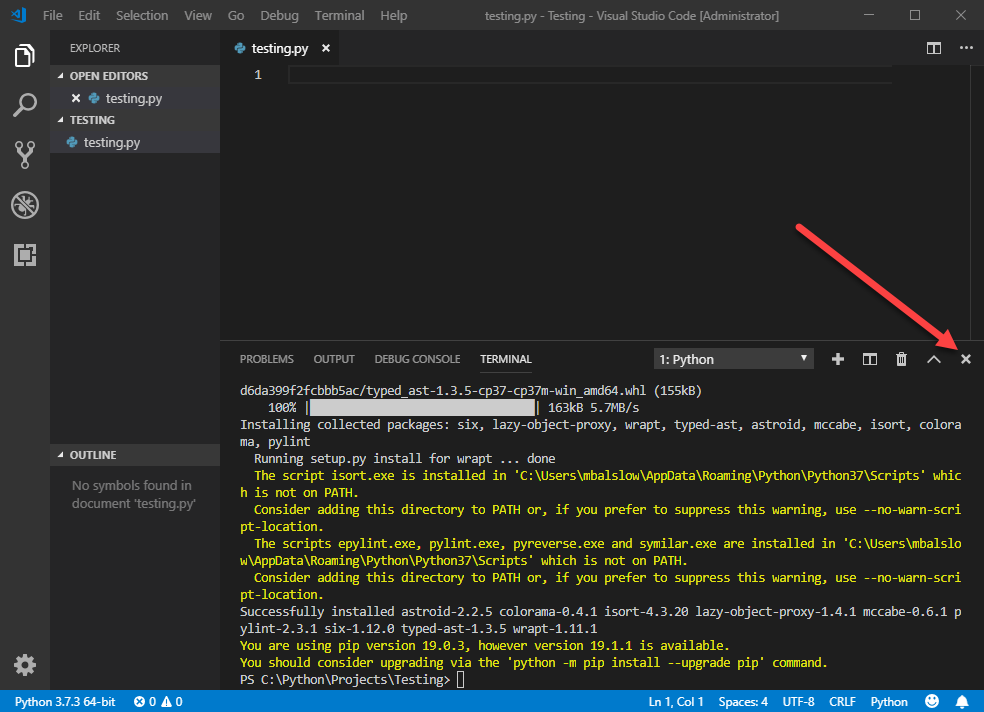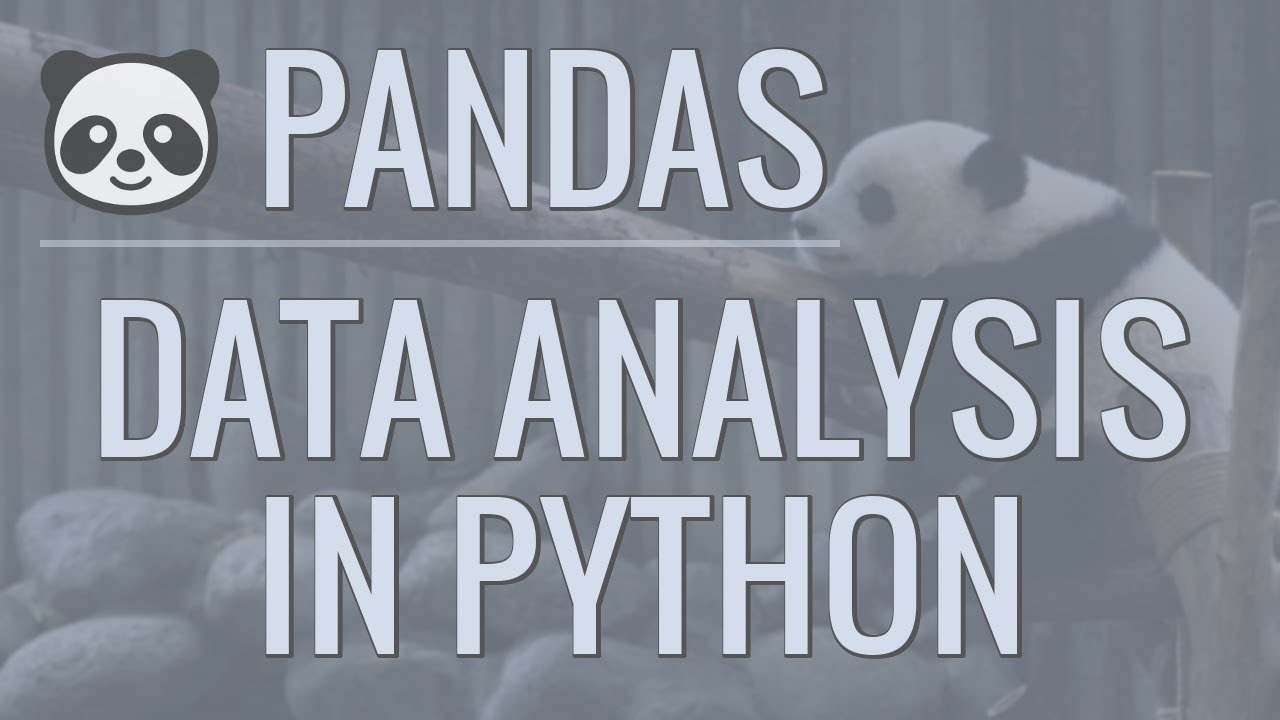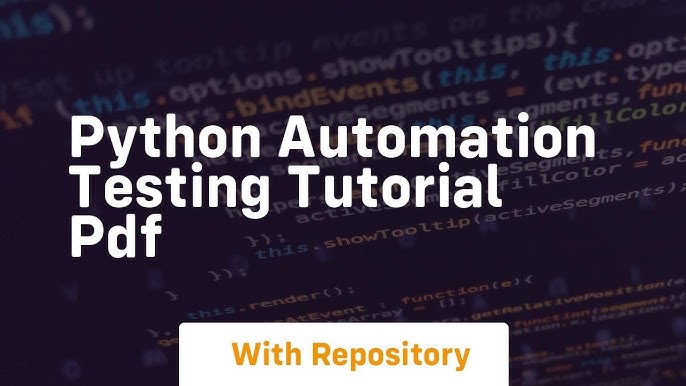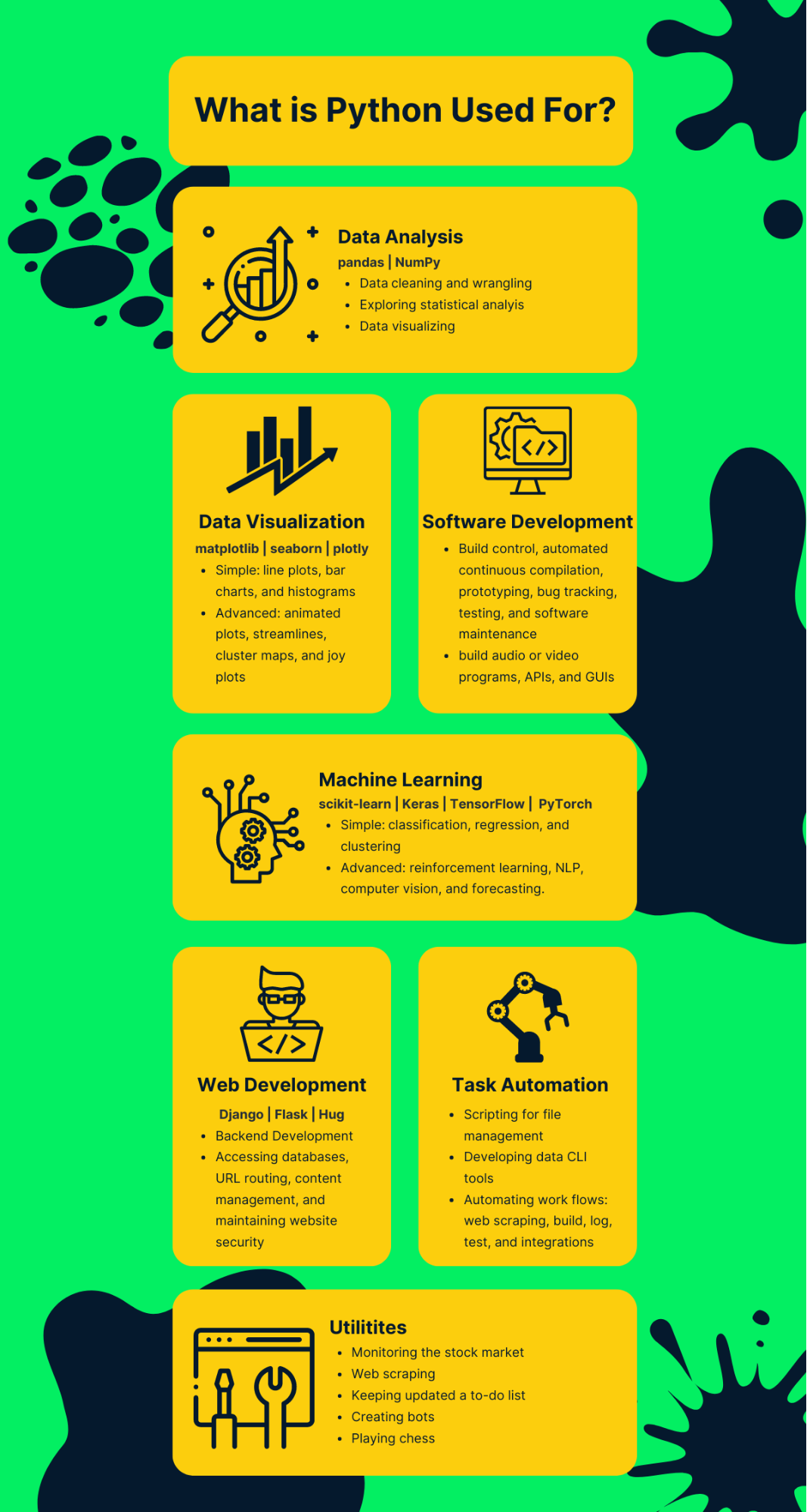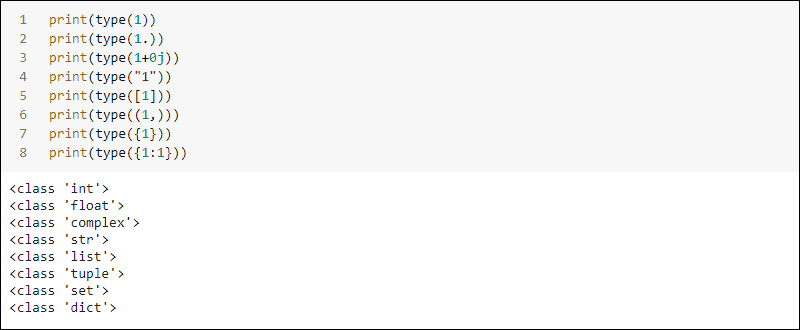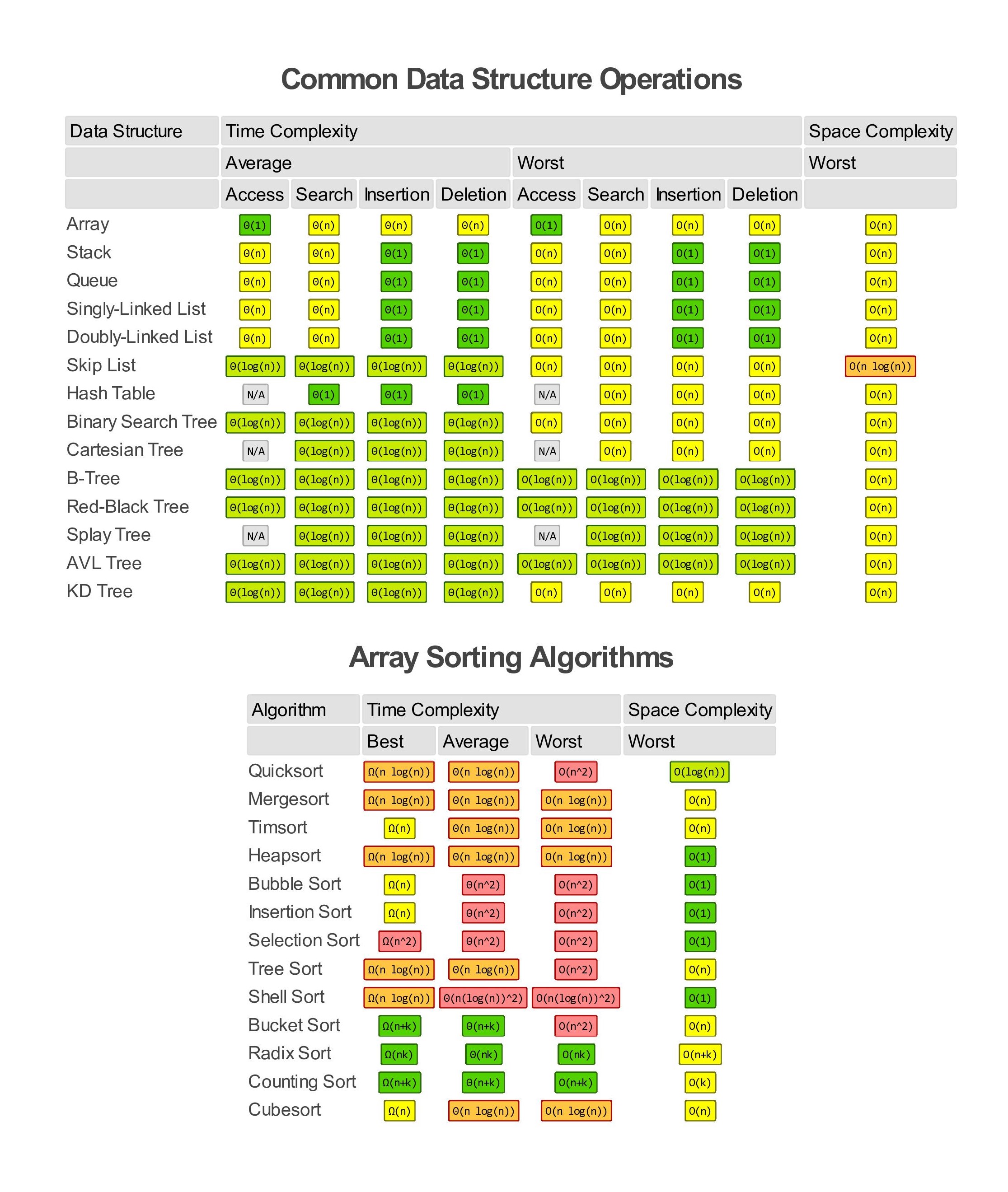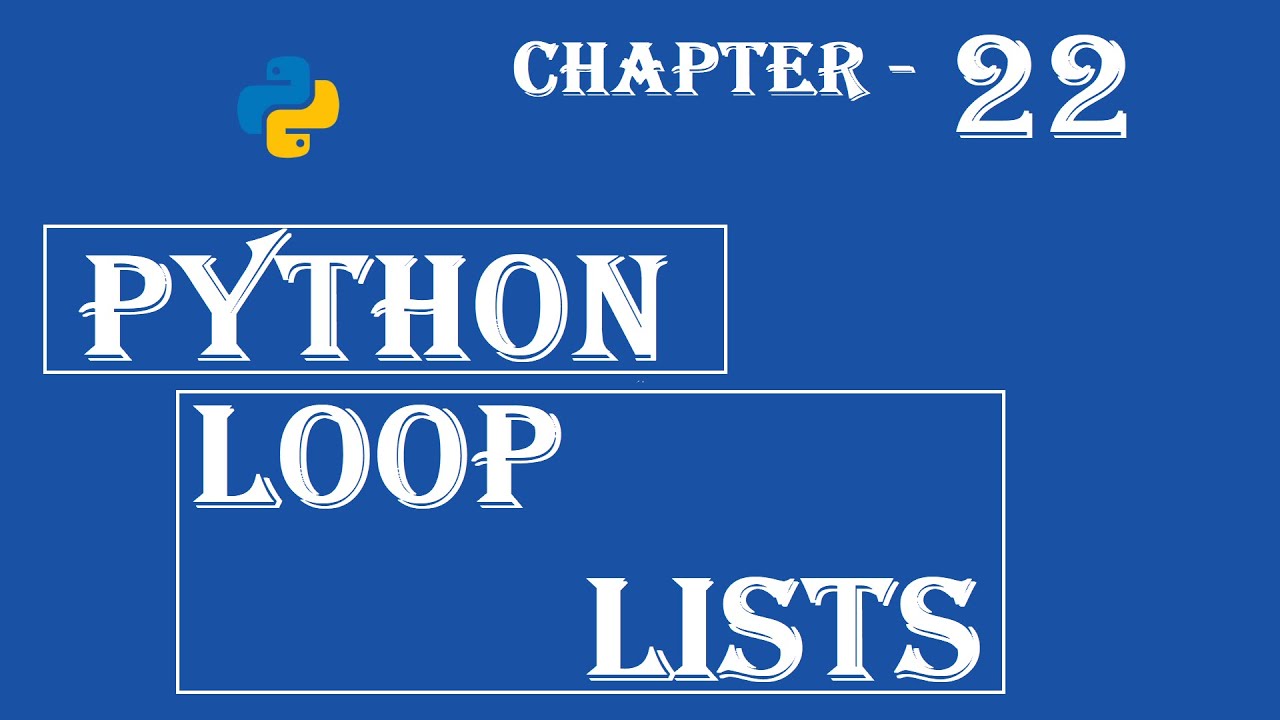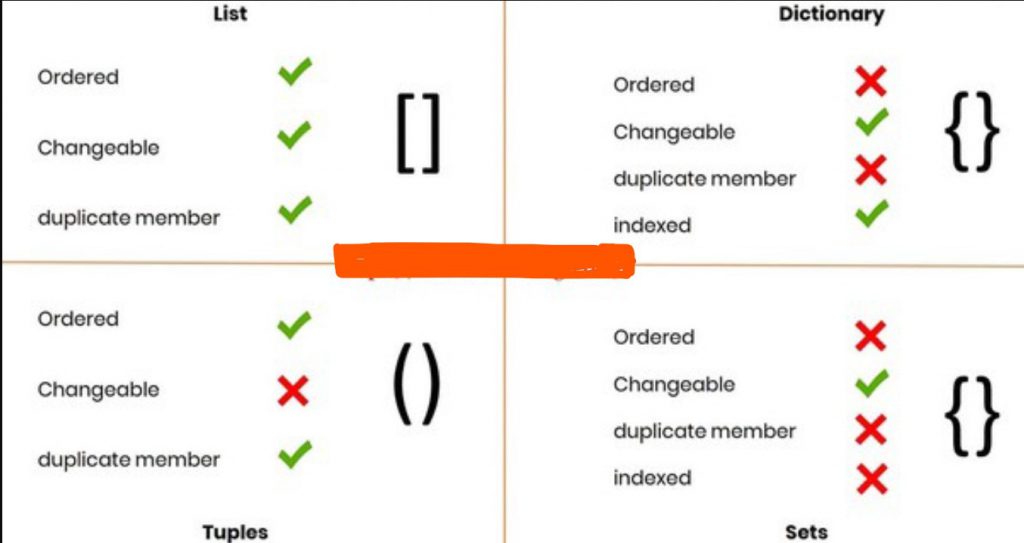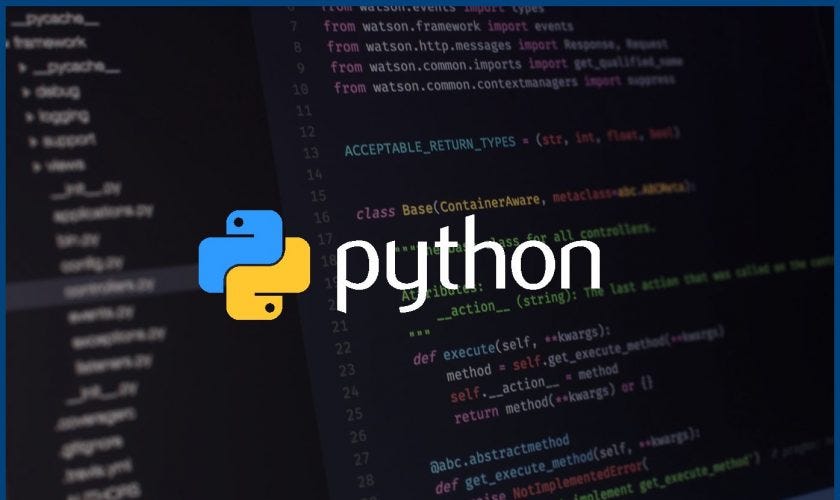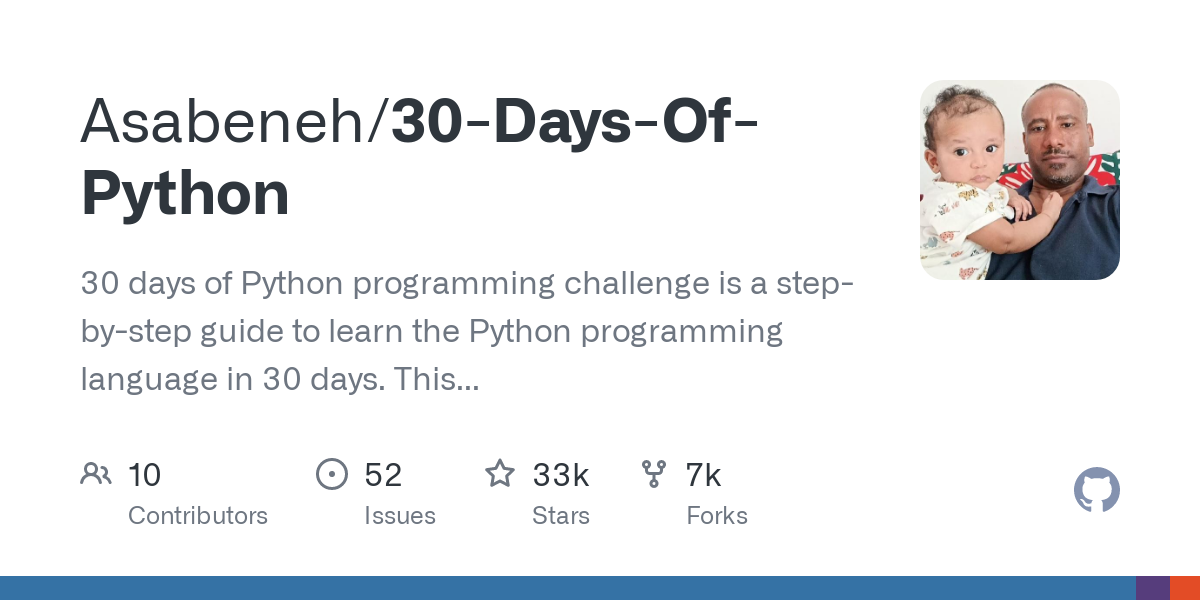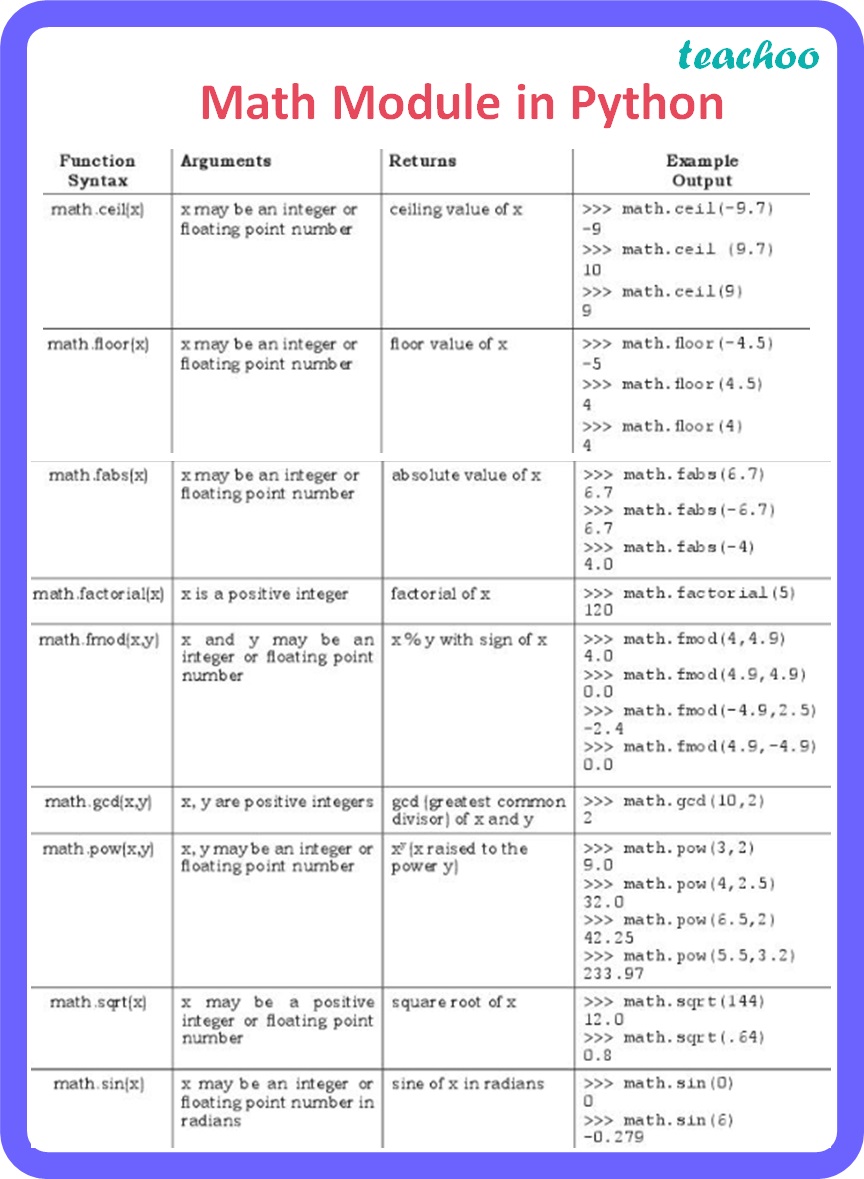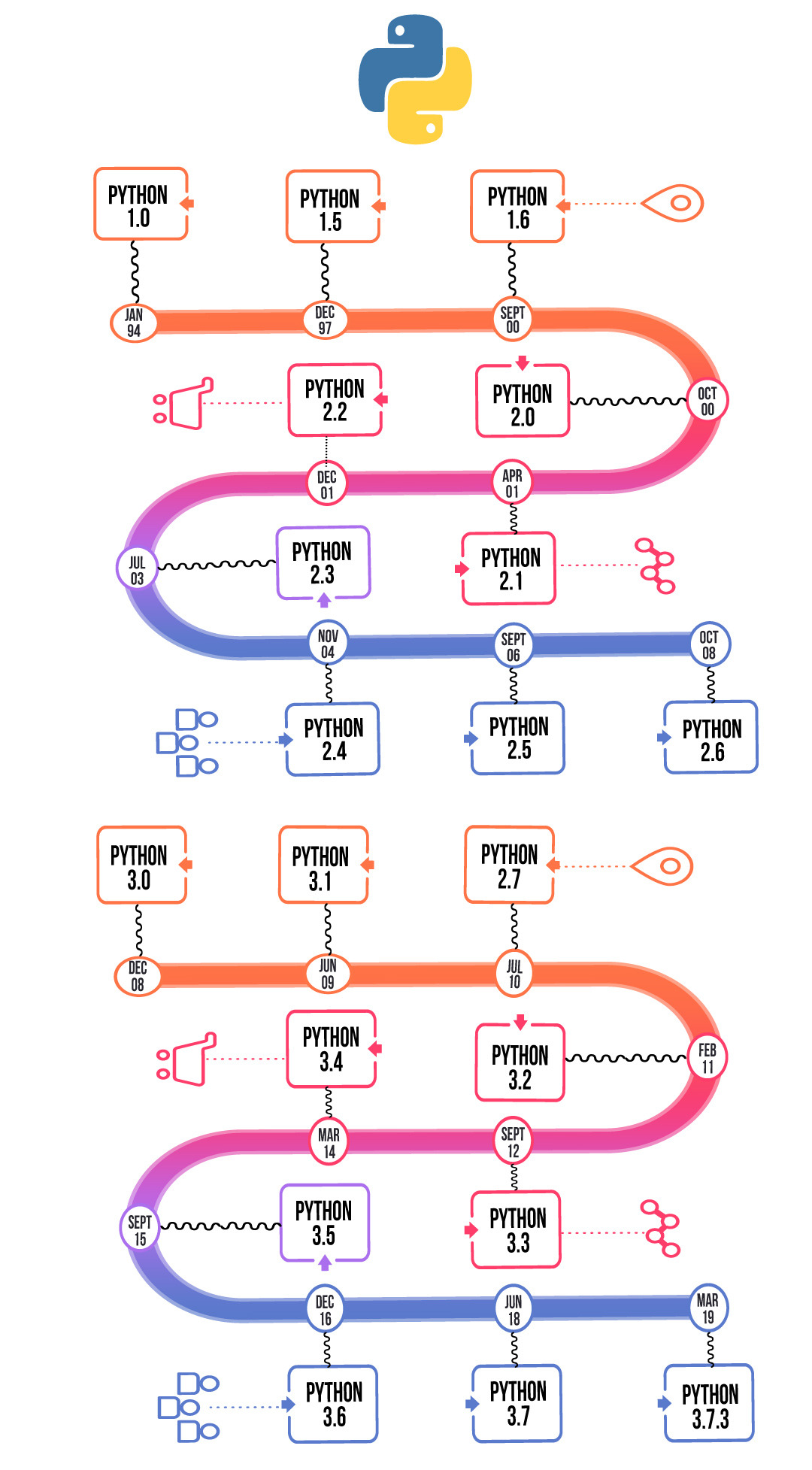Python exercises for beginners with solutions
Python exercises for beginners with solutions
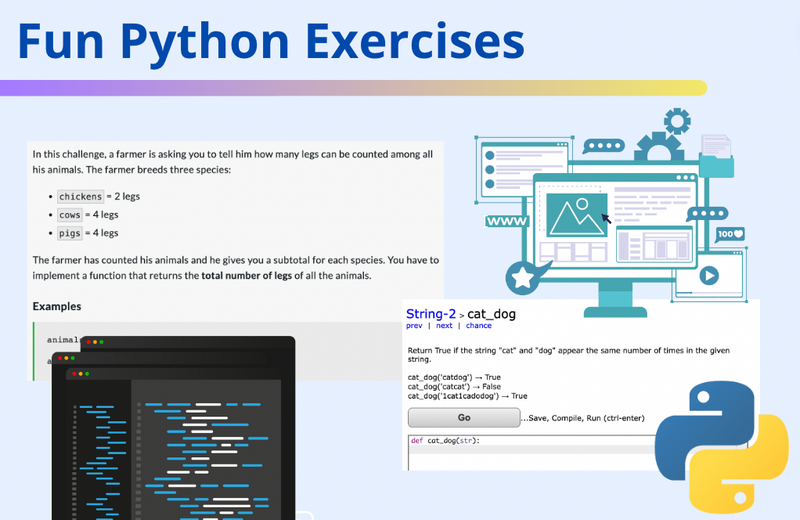
I'm happy to provide you with some Python exercises for beginners along with their solutions. Here are a few:
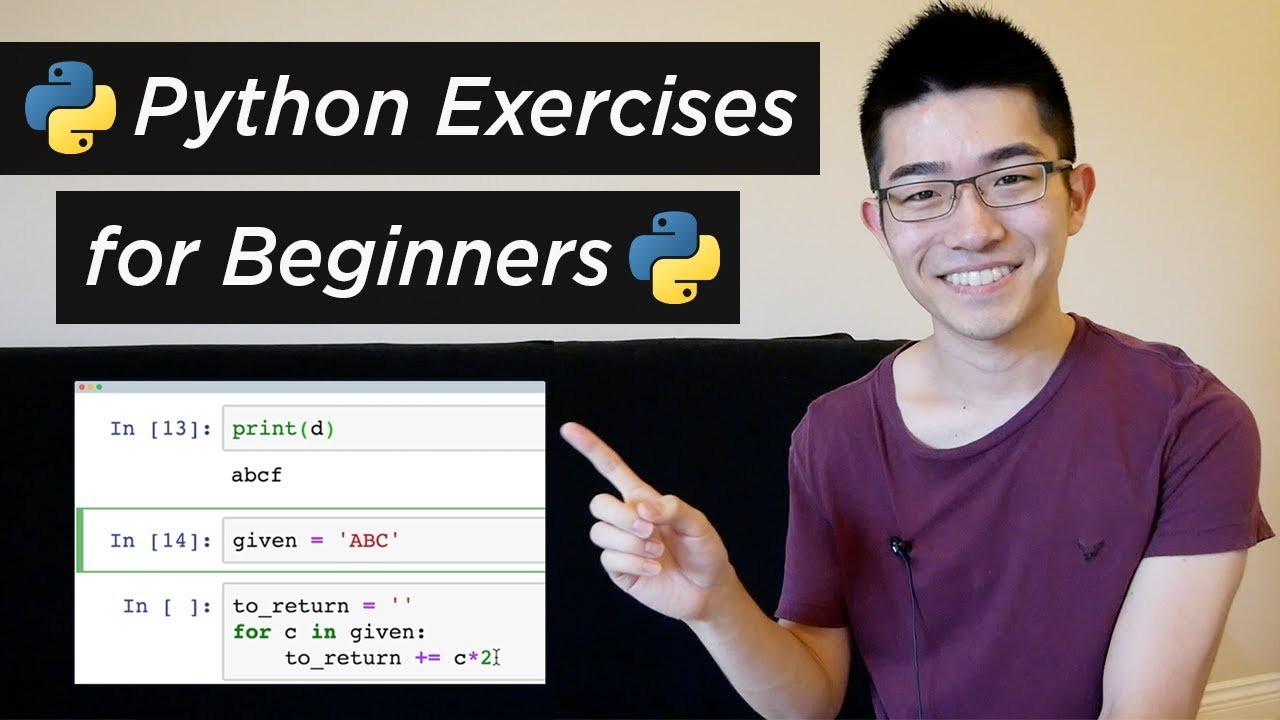
Exercise 1: Printing Hello World
Task: Write a Python program that prints "Hello, World!" on the screen.
Solution:
print("Hello, World!")
Exercise 2: Adding Numbers
Task: Ask the user to input two numbers and then add them together. Display the result.
Solution:
num1 = int(input("Enter first number: "))
num2 = int(input("Enter second number: "))
result = num1 + num2
print(f"The sum is: {result}")
Exercise 3: Calculating Average
Task: Ask the user to input three numbers and then calculate their average.
Solution:
num1 = float(input("Enter first number: "))
num2 = float(input("Enter second number: "))
num3 = float(input("Enter third number: "))
average = (num1 + num2 + num3) / 3
print(f"The average is: {average}")
Exercise 4: Checking if a Number is Odd or Even
Task: Ask the user to input a number and then check if it's odd or even.
Solution:
num = int(input("Enter a number: "))
if num % 2 == 0:
print(f"{num} is an even number.")
else:
print(f"{num} is an odd number.")
Exercise 5: Counting Characters
Task: Ask the user to input a sentence and then count the number of characters (letters, digits, or special characters) in the sentence.
Solution:
sentence = input("Enter a sentence: ")
count = len(sentence)
print(f"The total character count is: {count}")
Exercise 6: Calculating Perimeter
Task: Ask the user to input the length and width of a rectangle, then calculate its perimeter.
Solution:
length = float(input("Enter the length: "))
width = float(input("Enter the width: "))
perimeter = 2 * (length + width)
print(f"The perimeter is: {perimeter:.2f}")
Exercise 7: Playing with Strings
Task: Ask the user to input a sentence, then print out the first letter of each word.
Solution:
sentence = input("Enter a sentence: ")
words = sentence.split()
for i in range(len(words)):
print(f"Word {i+1}: {words[i][0]}")
These exercises cover basic concepts like variables, data types, user input, control structures (if-else), functions, and string manipulation. I hope this helps you get started with Python programming!
How do people practice Python?
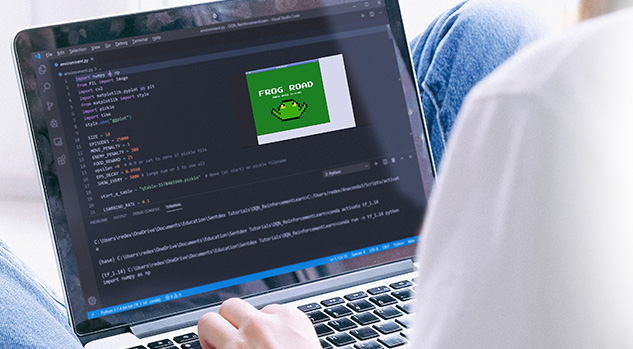
People can practice Python in a variety of ways to improve their coding skills and become proficient in the language. Here are some common methods:
Coding Challenges: Websites like LeetCode, HackerRank, Codewars, and Codeforces offer a range of challenges that test various aspects of programming, including data structures, algorithms, and problem-solving.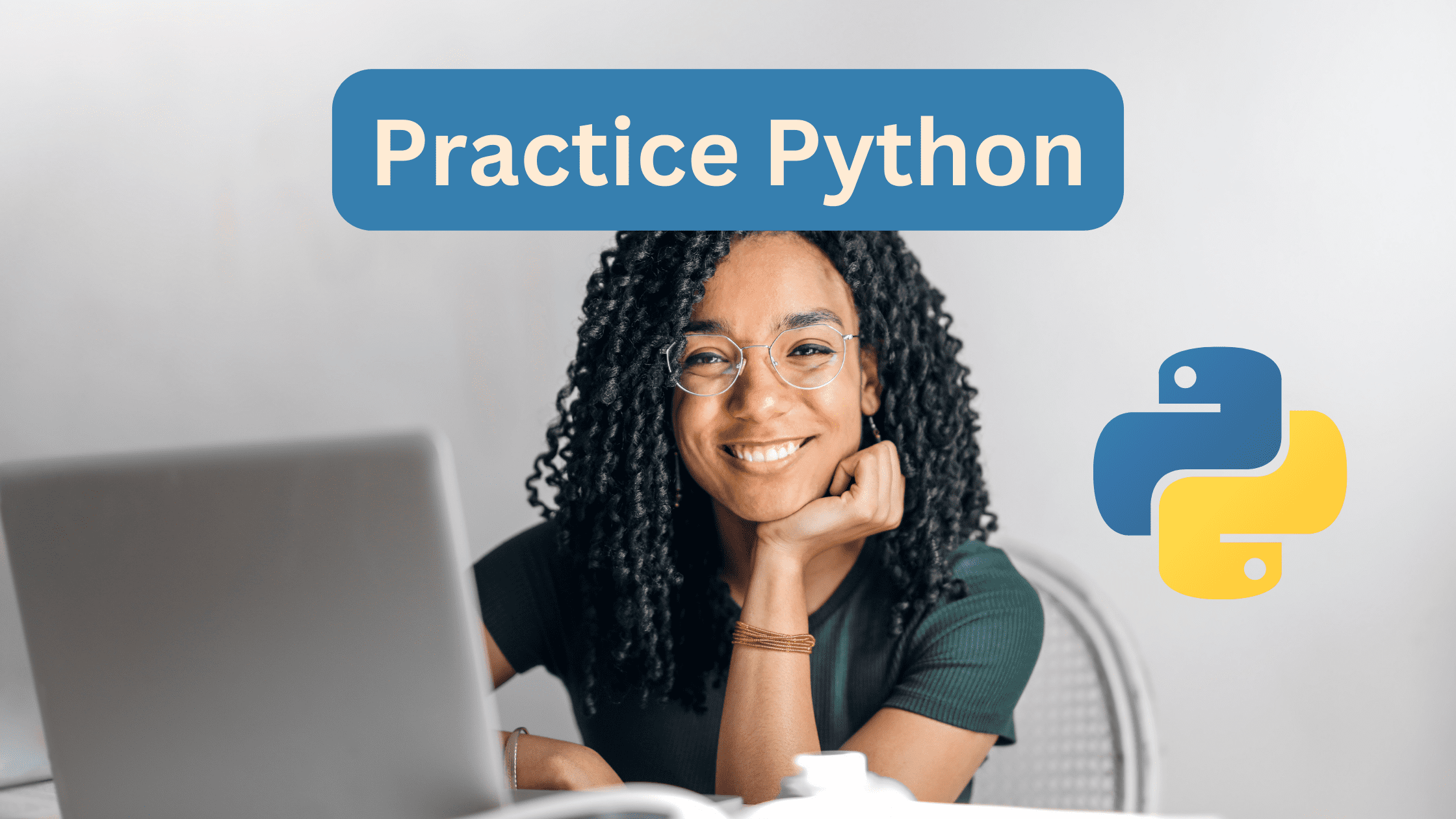
By practicing these methods, individuals can develop their Python skills, build confidence in their abilities, and become proficient programmers.
Additional Tips:
Consistency is key: Set aside time each week to practice, even if it's just for 30 minutes. Consistency helps build habits and improve learning. Focus on understanding: Don't just memorize code snippets or try to solve problems quickly. Instead, focus on understanding the underlying concepts and principles. Learn by doing: Practice is the best way to learn Python (or any programming language). Try solving real-world problems or building projects that interest you. Don't be afraid of mistakes: Everyone makes mistakes when learning a new language. The key is to learn from those errors and move forward.Remember, practice is essential to mastering Python. With persistence and dedication, you can improve your coding skills and become proficient in this popular programming language.
